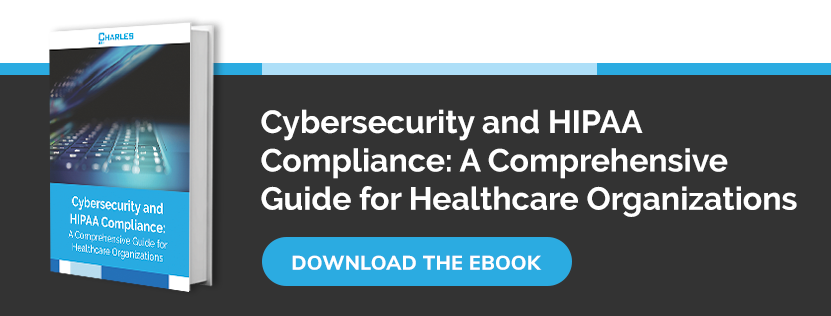The cybersecurity maturity model certification (CMMC) 2.0 is a journey towards proactive security, whereby organizations ultimately shift their focus to preventing security events from occurring in the first place.
When preparing for their CMMC assessment, most organizations will want to aim for the second or higher level, since this is the minimum requirement for handling CUI (controlled unclassified information).
Level 2 CMMC security also introduces log collection and analysis, which serve as important first steps in achieving proactive security. For example, practice AU.3.048 requires businesses to collect all audit logs in a centrally managed repository, while AU.3.051 introduces the need to correlate audit log review, analysis, and reporting processes collectively.
What exactly is security incident and event management (SIEM)?
While CMMC is clear on precisely which controls you need to have in place to reach a higher security maturity level, exactly how you implement them and which tools and services you use is up to you.
That being said, the aforementioned CMMC security practices effectively describe what SIEM is. The key element here is the collective management of audit logs, simply because managing logs across multiple disparate systems makes it near impossible to correlate between events from various systems.
SIEM tools, which typically take the form of outsourced, cloud-hosted platforms, play a central role in any modern cybersecurity strategy. Newer solutions make extensive use of machine learning and artificial intelligence to aggregate and analyze data at a scale that is practically impossible to accomplish by people alone.
SIEM offers three primary capabilities – threat detection, investigation, and alerting. Additional features, such as forensics and incident response, and log collection are also highly important.
Implementing a SIEM solution is a major step towards passing your CMMC assessment and enhancing your overall security posture, and here’s why:
#1. Data aggregation
The first stage of the SIEM process is data collection and aggregation. A SIEM collects audit log information from the entire inventory of systems connected to it. These include networked devices, workstations, servers, domain controllers, and more.
Any system, whether software- or hardware-based, that handles potentially sensitive data can and should be connected to the SIEM. This will allow the SIEM to collect all security data from across your network, where it will be stored in a centrally managed repository in keeping with the CMMC practice AU.3.048.
#2. Data normalization
The next stage of the SIEM process is normalizing the data collected to offer a homogeneous view of your security operations, thus meeting the requirements of CMMC practice AU.3.051. This offers complete visibility into your network activity, allowing the system to quickly identify anomalies.
In its raw form, the sheer amount of log data makes it impossible for manual review alone, so SIEM uses event normalization to define a baseline for normal network activity. If something unusual happens, then the event will be referred to the next stage of the SIEM process. Also, the SIEM effectively translates logs into a normalized and human-readable format to give you a complete view of what’s happening on your network.
#3. Data analysis
A basic SIEM solution may only provide alerting. However, more sophisticated solutions use the power of machine learning and artificial intelligence to analyze log data at scale. This way, anomalous events can be dealt with immediately and referred to a security analyst for manual review wherever necessary. Furthermore, an AI-powered solution continuously learns from past events to build comprehensive threat profiles.
The data collected and analyzed by a sophisticated, enterprise-grade SIEM solution plays a central role in proactive threat hunting. This helps tackle more sophisticated attacks, such as advanced persistent threats (APTs), thus helping you achieve higher CMMC security levels.
#4. Comprehensive reporting
By unifying log management, SIEM gives security leaders comprehensive reports that save a great deal of time and money compared to the manual collection and normalization of those reports. As such, SIEM provides crucial support for your security documentation processes, which are introduced in CMMC level 2. In other words, the data collected by the SIEM provides demonstrable proof of your current security posture and the threats facing your business.
Charles IT provides centralized log management and reporting to help bring your cybersecurity maturity to the next level. Learn more about our SIEM services to get started!




